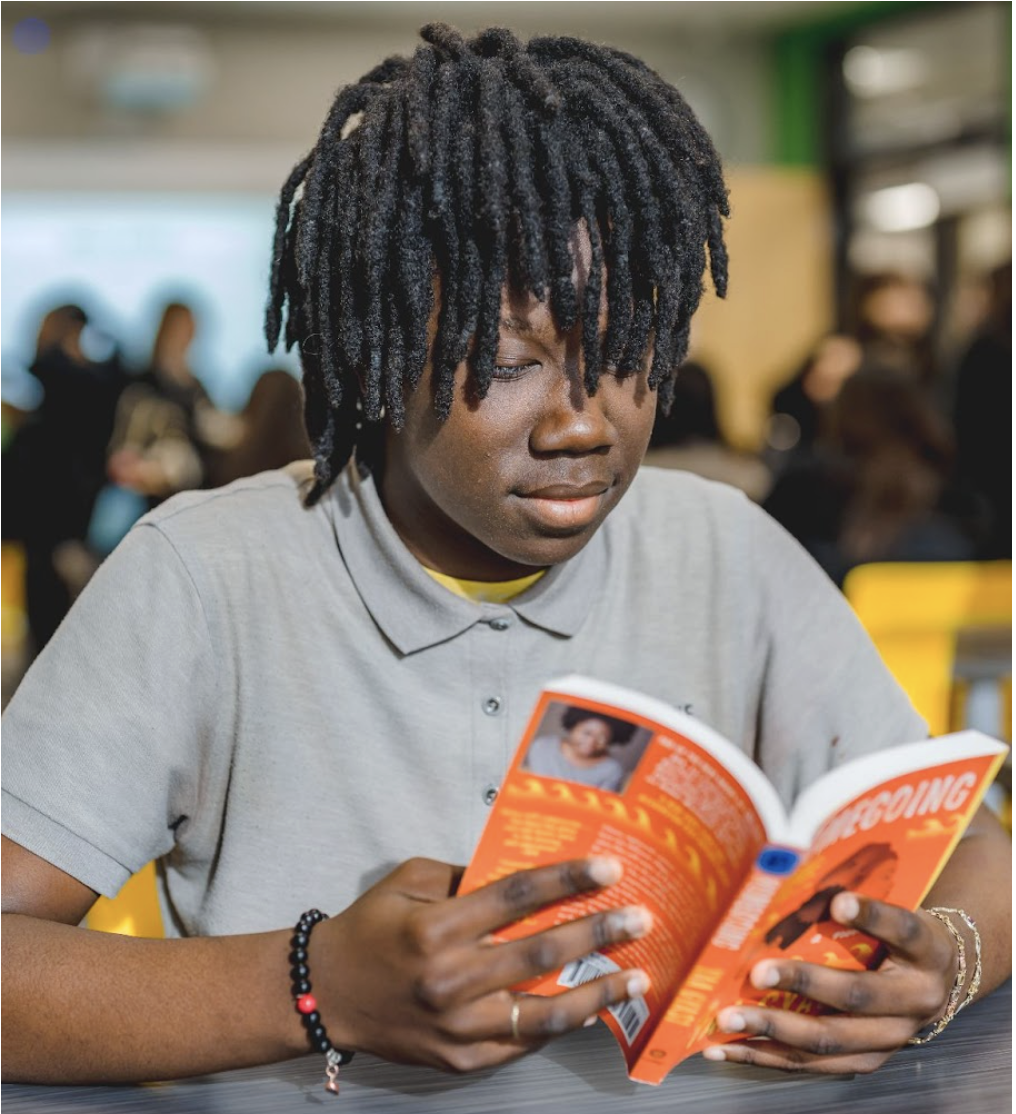When students don’t follow directions…

I looked at the clock and saw that the class that I was observing was almost over. The teacher asked the students to add three to five sentences of their own to the following statement: “As soon as the principal walked in the classroom door, we knew we were in trouble.”
She set a five-minute timer.
Two minutes later, one student was staring at his computer, leaning back, not having typed a word. Two nearby classmates were “finished” and beginning to fidget. Another student seemed to have started a sentence but now had his head down.
I wondered what the teacher would do now. She had already explained that they should write until the timer went off. Should she talk to the whole class and explain again what she expected, phrasing it slightly differently? The timer would probably run out before she even finished.
The teacher quietly walked over and sat down next to the fidgeting student. “I can see that principal looking right at you. Tell me more about what his face looked like.” The student nodded and started writing again. Fifteen seconds had passed.
Then she moved on to the student who was leaning back, motionless. Pointing to the picture, she asked, “What do you notice about this person?”
The student looked up at the teacher silently.
The teacher looked back curiously.
“His nose is wrinkly. He is old,” the student responded.
The teacher said, “Hmm. I didn’t notice those wrinkles. Write those observations down.”
The student began to type.
After two minutes, he had typed the following: “As soon as the principal walked in the classroom door, we knew we were in trouble. The principal walked in the class with a sour face, mad as ever. He pushed his glasses on his crinkly old nose. As he walked around to the back of the desk you can see his old skin stare. Sitting down on the chair it creaks.” Reading it later, I smiled and thought, “Wow, I had never realized how scary skin could be.” The student had brought the moment alive.
With about a minute left before the timer went off, the student with his head down looked up at his computer and wrote another sentence.
When the timer went off, I looked around the room to see most students still writing, reluctantly pulling away from their computers.
Within two minutes, those two quick teacher-student interactions, or “over-the-shoulder conferences,” as many people call them, not only helped those two students dig deeper and discover unique insights, but also showed the rest of the class that there was a reader in the room who really wanted to know about their unique observations and ideas. The physical presence of a curious reader, more than even the clearest of directions, drove those students to write.
Just before the bell, two students raised their hands to share their work and find out what sort of impact their writing would have on their classmates.
We want to know what you think.
We recommend you read these next
Meet The Team
The Riveting Results program works because it incorporates feedback from dozens of educators experienced in the classroom and in running schools. Unlike other programs that primarily use academic experts to review materials, Riveting Results gets feedback from educators who have actually used Riveting Results in the classroom to develop students reading and writing performance.
contact us



































